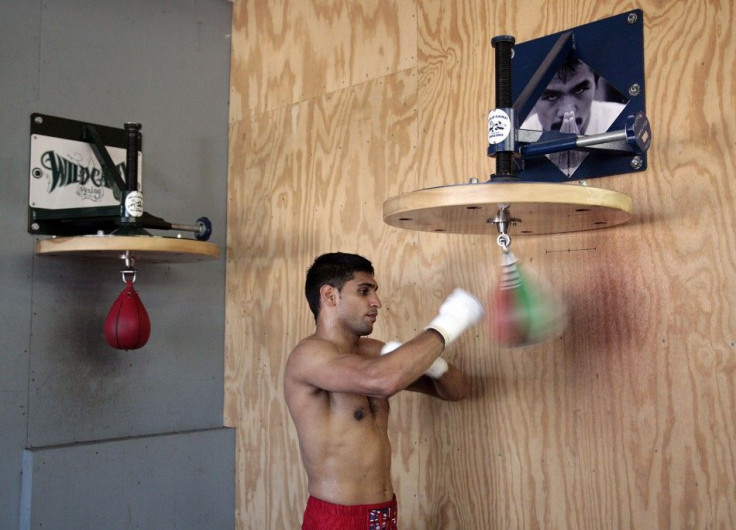Pediatrician Groups Want to KO Boxing Among Youth

Boxing isn't an appropriate sport for children and teens, according to the American Academy of Pediatrics (AAP) and the Canadian Paediatric Society (CPS).
The groups are calling on all pediatricians and other health professionals to strongly discourage parents from having their children participate in boxing. Instead, the groups ask that children be guided toward alternative sport and recreational activities such as swimming, tennis, basketball and volleyball.
The two groups of doctors on Monday issued a new policy statement called Boxing Participation by Children and Adolescents. It is published in the September issue of Pediatrics.
We want children and teens to actively pursue sport and recreation, but boxing is not a good option, said Dr. Claire LeBlanc, co-author of the new position statement and chair of the CPS Healthy Active Living and Sports Medicine Committee, in a statement. We recommend young people participate in sports where the prime focus is not deliberate blows to the head.
The groups said that amateur boxers are at serious risk of face and brain injuries including concussion. A child's brain is more vulnerable to concussion and the recovery time is longer than for adults, the groups' statement noted.
Amateur boxers, like professionals, do wear safety gear.
However, there isn't any evidence to show that head guards actually reduce the incidence of concussions, according to the groups.
While most sports have some risk of injury, boxing is especially dangerous because these athletes are rewarded for dedicated and deliberate hits to their opponent's head, LeBlanc said.
The groups stated that USA Boxing and Boxing Canada don't keep statistics on the number of participants or injury rates of their members.
On the other hand, the National Electronic Injury Surveillance System database shows boxing injuries seen in U.S. emergency departments averaged 8,716 injuries per year. That number has increased significantly from 1990 to 2008.
About 35 percent of injuries to men and boys that were unrelated to punching bags were to the head and neck, especially concussions and lacerations, according to the authors.
The authors added that concussions represented 8.1 percent of these injuries, and were similar across age groups from 12 to 34 years.
Numbers like these are worrisome, the authors noted, considering repetitive blows to the head over time may be a risk factor for chronic traumatic encephalopathy (disorder or disease of the brain).
© Copyright IBTimes 2024. All rights reserved.












